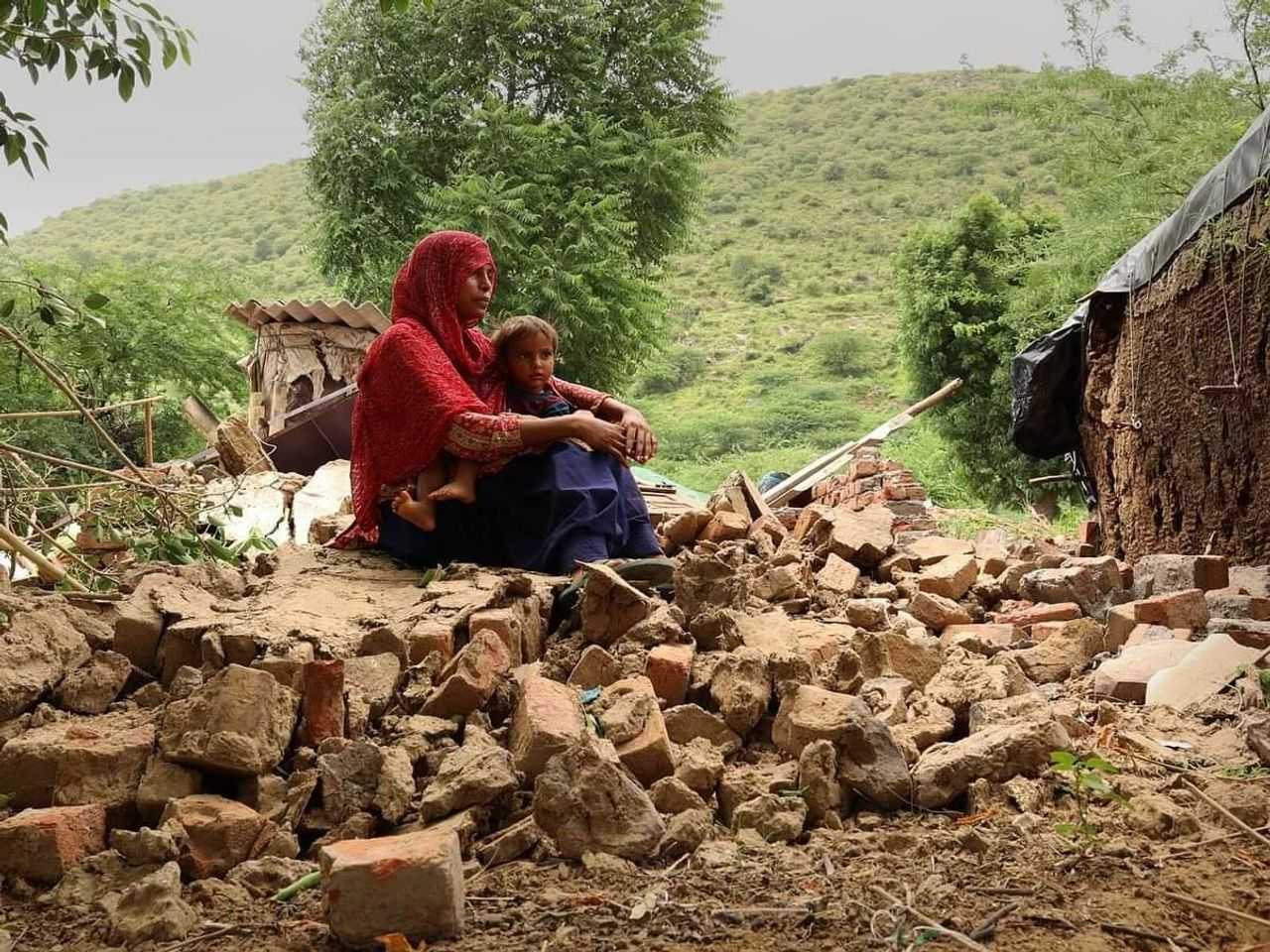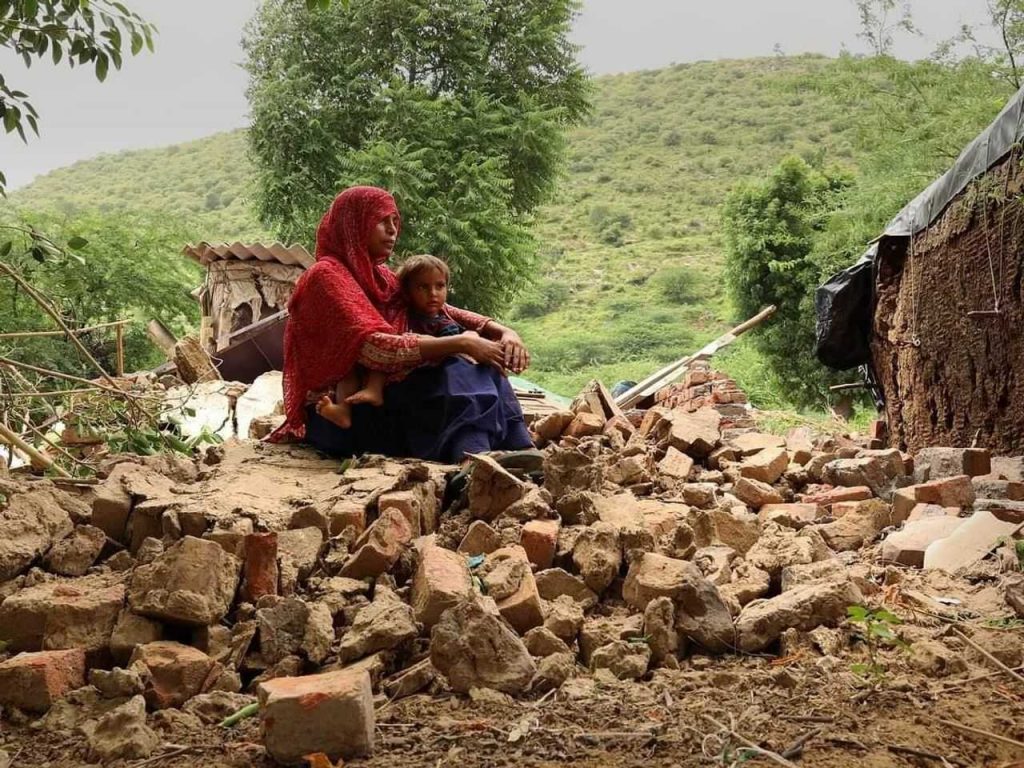
Indian court accuses Haryana’s BJP state government of “ethnic cleansing” after it targets Muslims in bulldozer rampage
By Martina Inessa, Kranti Kumara
The Bharatiya Janata Party (BJP) government in the north Indian state of Haryana went on a rampage from August 3 to 6, ordering the bulldozing of more than 1,200 Muslim homes and shops. While the demolitions occurred in many of the state’s towns and villages, they were concentrated in the predominantly Muslim district of Nuh (formerly Mewat), which lies some 125 kilometers (78 miles) south of India’s national capital, New Delhi.
So patently criminal and communally driven was the BJP’s bulldozering campaign, the Punjab and Haryana High Court, the state’s highest judicial body, felt compelled to intervene on August 7. In ordering a stop to the state government’s bulldozing of Muslim properties without legal sanction or even any forewarning other than an immediate order to evacuate, the court observed:
“Apparently, without any demolition orders and notices, the law-and-order problem is being used as a ruse to bring down buildings without following the procedure established by law. The issue also arises whether … an exercise of ethnic cleansing is being conducted by the State.‘ (Emphasis added)
Haryana’s BJP government justified the initial demolitions as a form of communal—and, under Indian law, manifestly illegal—collective punishment. Acting as judge, jury and executioner, it claimed to be targeting structures, including a Muslim-owned hotel, from which it said Muslim youth had thrown stones at a Hindu-religious yatra (procession) in Nuh on July 31.
The yatra was itself a communal provocation, organized by violent Hindu-extremist organizations allied with the BJP, with the aim of intimidating the Muslim population and asserting Hindu supremacy.

Later, as the BJP government became even more emboldened and spread its bulldozing campaign across the state, the authorities, with only the most offhand attempt to cover up the wanton communal character of their actions, said they were targeting “illegally” built structures.
The bulldozing campaign was incited and directed by Haryana Chief Minister Manohar Lal Khattar. Even sections of the capitalist press have been forced to concede this.
A former fulltime cadre of the Hindu supremacist RSS, Khattar emphatically defended the yatra in Nuh, even though police said many of the participants brandished swords, tridents and other “illegal arms” in defiance of their orders.
In a clear case of incitement, Khattar blamed Muslims for the communal disturbances that erupted in Nuh on July 31 and then spread to other parts of the state including nearby Gurugram and Faridabad. Turning reality on its head, the Chief Minister claimed the attack on the Nuh yatra and subsequent communal clashes were “pre-planned” and part of a “larger conspiracy.”
Subsequently, Ashwani Kumar, the Sub Divisional Magistrate overseeing the demolition of a shantytown in Nuh, said he was acting at Khattar’s behest: “This has been done on the direction of Chief Minister Manohar Lal Khattar. The encroachment was spread across 2.5 acres, … All of it was illegal construction. It has been found that some of these people had involvement in the recent clashes…”
The Nuh yatra was organized by the Vishva Hindu Parishad (VHP) and Bajrang Dal (BD), RSS offshoots that are closely allied with the national BJP government led by Prime Minister Narendra Modi and the Haryana state government.
Nuh was selected as a target because it is Muslim majority district, but also because relations between the district’s Muslim and Hindu residents are especially amicable, with members of the two communities traditionally joining each other’s festivals.
The Hindu communalists are intent on destroying this amity and artificially polarizing the district and all Haryana along communal lines. This is part of the ongoing efforts of the Modi government and its Hindu far-right allies to whip up communal tensions across India to divert mounting social anger over mass joblessness and poverty, and as part of their strategy for the 2024 national parliamentary elections.
The activists of the VHP and the BD are infamous for their violent attacks against Muslims. Yet the police made no effort to intervene when they marched through Nuh brandishing weapons.
Further adding to the charged situation was the online circulation of a video in which the notorious BD activist and “cow-protection” vigilante Monu Manesar announced that he and his “whole team” would join the July 31 yatra in Nuh. Manesar is the principal accused in the murder of two innocent Muslim cow traders, Junaid and Nasir, who were kidnapped in Nur in February. Their charred bodies were later discovered in a burned-out SUV in the neighboring state of Rajasthan. Yet Manesar remains at liberty because he and the BD enjoy the support of the BJP state government.
Nuh residents had warned the authorities not to allow the yatra to proceed but this was ignored. According to the police, the yatra was stopped by a group of young Muslim men who subsequently threw stones at the procession’s participants. This reportedly set off a melee which resulted in police cars being damaged and other cars set alight.
As news spread, there were clashes in other Haryana localities. The state government responded by suspending mobile and internet services in Nuh and the neighboring Gurugram district; invoking Section 144 of the Criminal Code under which all gatherings of four or more people are illegal; and mobilizing thousands of police and para-military Central Armed Police Forces personnel.
Seven people were killed in the violence, including two security personnel and a Muslim imam. According to an eyewitness account provided to BBC, the latter was set upon in a mosque by a mob of Hindu extremists shouting, ‘Kill them, kill them.”
The Haryana BJP government’s wholesale destruction of “illegal buildings” is breathtaking in scope. Targets included houses, shops, hundreds of shanty dwellings, a hotel, and at least two dozen medical stores. Among those living in the shanties were impoverished and brutalized Rohingya refugees from Myanmar (formerly Burma) who eke out a living as rickshaw pullers, ragpickers, street vendors or other daily wage workers.
[This article was originally published by WSWS here on August 20, 2023]

